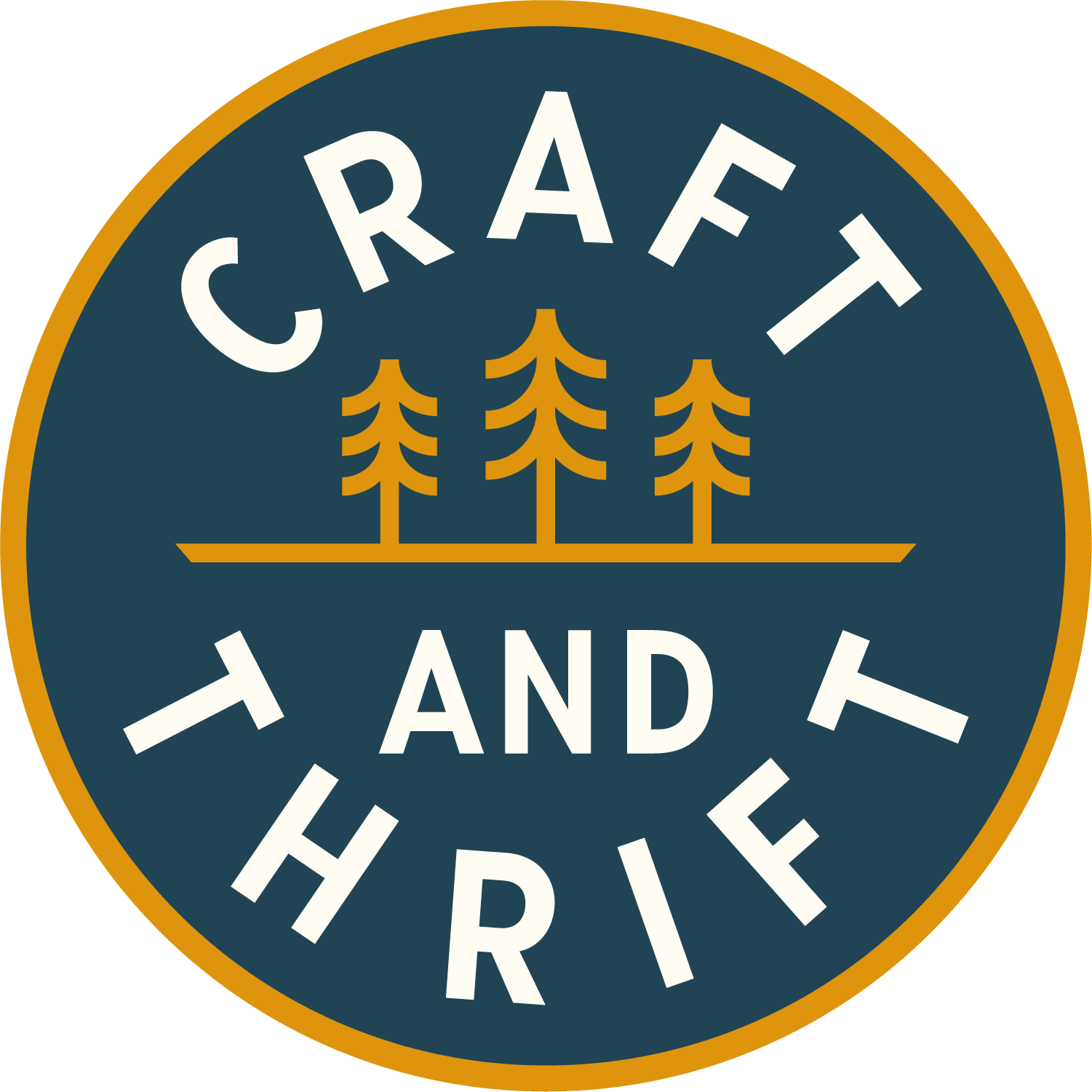Plaid wool over shirt
I’ve written about my love for the Modern Sewing Company Overshirt pattern before, you can read about my previous iteration here. That version was made with an Ikea twill cotton curtain, from which I’ve made a paid of Morgan jeans and an Overshirt. Both get a huge amount of wear, but the Overshirt is a personal favourite. To that end, I added the Overshirt onto my Autumn/Winter Sewing plans list, knowing I had this beautiful wool in my stash just crying out to be sewn into a shirt.
The fabric is a lightweight, 100% wool tartan or plaid design. Having wondered for years, what the difference was between a plaid and a tartan, I finally got around to googling it. This article from Hand Woven Magazine provided some illumination;
…all tartans are plaid. However, not all plaids are tartan! Both plaids and tartans are woven of stripes that meet at 90-degree angles. Tartans have an identical pattern of stripes running vertically and horizontally, resulting in overlapping square grids. Regular plaids are not necessarily the same in both directions, with variation in color, size, and/or pattern of stripes.
I think, by that definition, this wool is technically a tartan. The stripes are identical both vertically and horizontally, producing square grids. Either way, I love the colours. If I’m honest, I always thought plaid was an American word for tartan. Every day’s a school day!
I love the design of this Overshirt pattern. The boxy design, with the relatively short body, suits my preference perfectly. The sleeves are quite wide, which I might experiment with in the future by tapering slightly, but I love how easy they are to slip on and off, even in this unlined wool. I wear quite a bulky sports watch and I can check the time with ease, which isn’t the case in some of my other long sleeved tops. I also love being able to layer under it, whether it’s a wool vest or sweater, or a t-shirt and base layer. It’s nice to feel warm and comfortable, but still stylish.
I used my Hulk press to do stud fastenings, instead of buttons in this version. Much as I don’t mind a buttonhole, my fairly old machine does sometimes struggle to do them neatly, especially through multiple layers of fabric. My Hulk press, however, just breezes through them like a tank. I love the antique brass colour against the design and colours of the tartan.
Thank you to the wind and a recent shower for producing the slightly odd fringe combos you see in these pictures
The only alteration I made to the pattern was to change the design of the pockets. I had an image on my Pinterest style board, of a denim coat with similarly angled pockets. It took two attempts to cut the pattern piece with accuracy, given the need to pattern match the wool. The first version was obviously off-kilter, and given the pockets are right in the front of the shirt, it was important to me that the tartan design matched. If I’m honest, I didn’t cut any of the pattern pieces with an eye to pattern matching, it didn’t occur to me until it was too late. Luckily I wasn’t too far off for most of them, or I could offset the seams to achieve pattern matching, without too much trouble. In a couple of places, like the back yoke, I just gave up on pattern matching and made my peace with the fact that they’re slightly out of alignment. I don’t think it’s significant for anyone other than me to notice, and it certainly doesn’t impact my enjoyment of wearing this piece.
The thing I love about making a well designed wardrobe piece like this shirt, is that I can imagine it in rotation for years to come. My sewing skills are at a level now where I don’t expect any unraveling or popping of seams or stitches, and the quality of the pattern drafting and instructions means I can foresee this being a real workhorse in my wardrobe. I added a leather Craft & Thrift logo into the nape of the neck, for that professional finish. I tend to do that with clothing I can imagine wearing for a long time, since I don’t have many Craft & Thrift labels.
For reference, for those thinking of making this pattern, I am five feet tall, wear a UK 8-10 and measure roughly 32” bust, 27” waist and 35” hips, in case that helps with your pattern size selection. I made the size 8 of this pattern and it gives me enough room to layer knitwear underneath. I’ve only made the Overshirt so far, but I’m planning the Modern Sewing Company Worker Trousers as one of my next sewing projects. I’ll report back on that one, once it’s done!






